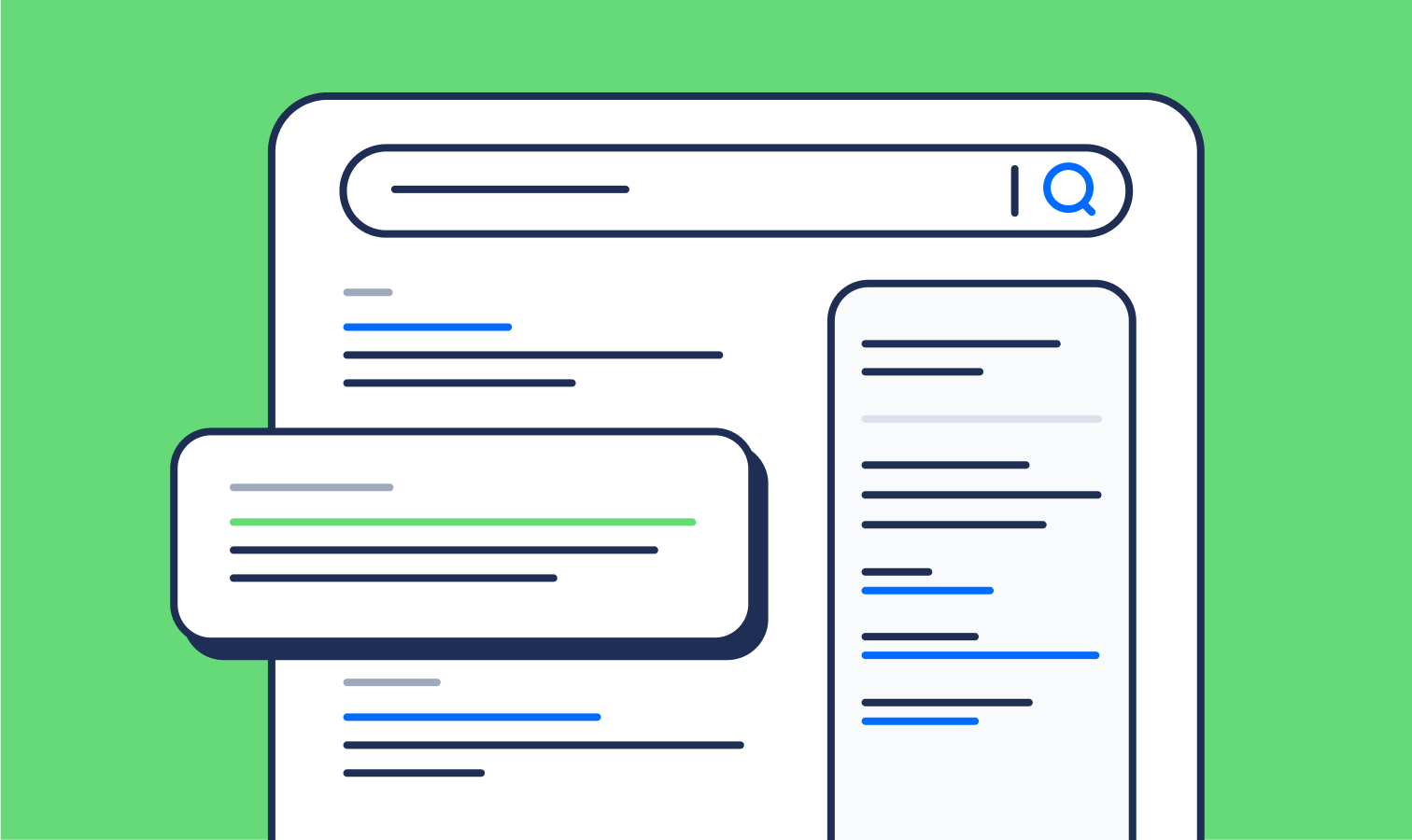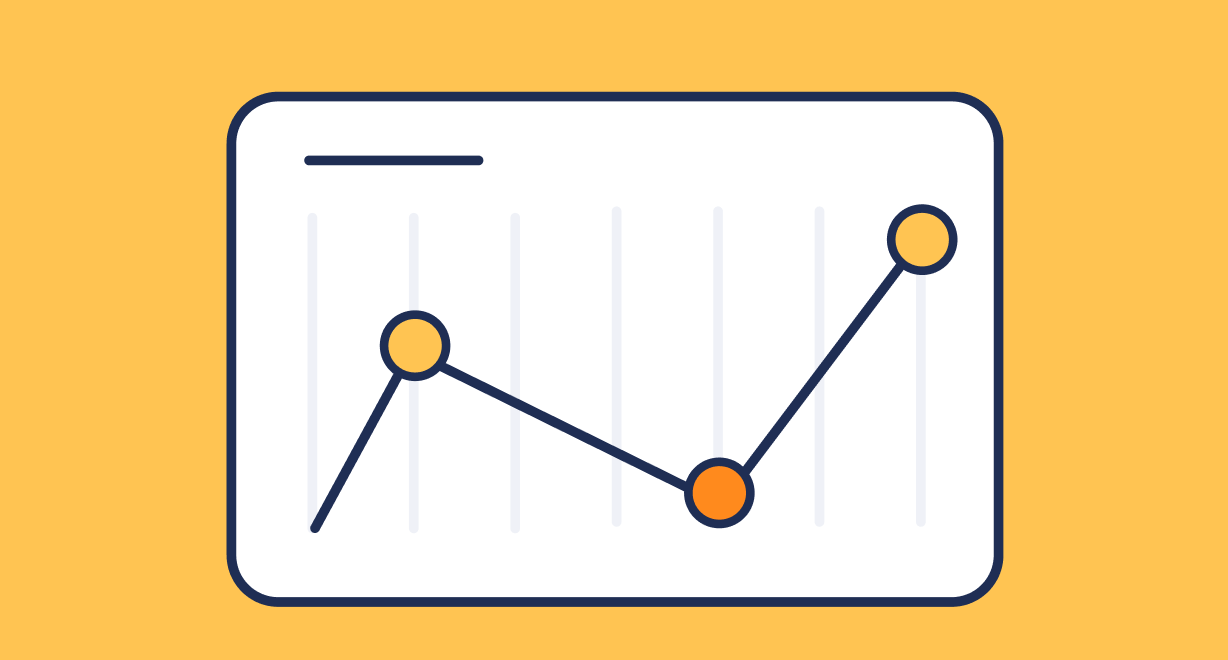Stop Wasting Ad Spend: The Blueprint for a Profitable Digital Paid Media Strategy

In today’s hyper-competitive digital landscape, running paid ads isn’t enough — you need a profitable strategy. Many businesses waste thousands on campaigns that generate clicks but fail to produce a positive return on ad spend (ROAS).
Whether you’re a B2B brand, e-commerce store, or local service provider, the key to success lies in strategic planning and data-driven execution. In this article, we’ll explore how to design a digital paid media strategy that consistently generates positive ROAS, driving sustainable business growth.
What is ROAS and Why It Matters
Return on Ad Spend (ROAS) is a critical metric that measures the revenue generated for every dollar spent on advertising.
Formula:
ROAS = Revenue from Ads / Cost of Ads
For example:
- Spend $1,000 on ads
- Generate $4,000 in revenue
- ROAS = 4:1 (or $4 earned for every $1 spent)
A positive ROAS means your campaigns are profitable, while a negative ROAS signals wasted spend.
Industry Benchmark:
- E-commerce brands typically aim for a 3:1 ROAS.
- B2B companies often target 5:1 or higher, due to longer sales cycles.
Step 1: Define Clear Goals and KPIs
Without clear objectives, even the most sophisticated campaigns can fail. Start by identifying specific, measurable goals.
Common Paid Media Goals:
- Lead generation: Acquire high-quality leads for your sales team.
- E-commerce sales: Increase product purchases or subscriptions.
- Brand awareness: Drive traffic and impressions to build visibility.
- Event attendance: Promote webinars, trade shows, or live events.
Key KPIs to Track:
- Cost per acquisition (CPA)
- Click-through rate (CTR)
- Conversion rate (CVR)
- Return on ad spend (ROAS)
- Lifetime value (LTV) of acquired customers
Pro Tip: Align KPIs with business outcomes, not just vanity metrics like clicks or impressions.
Step 2: Choose the Right Paid Media Channels
Not every channel is right for every business. Select platforms that align with your audience’s behavior and your campaign goals.
Channel Selection Guide:
- Meta Ads (Facebook & Instagram):
Best for social engagement, retargeting, and e-commerce.
Example tactics: Dynamic product ads, custom audience targeting. - Google Ads:
Best for high-intent search traffic and local service ads.
Example tactics: Search ads, Shopping campaigns, Local Service Ads. - LinkedIn Ads:
Best for B2B lead generation and recruitment campaigns.
Example tactics: Sponsored content, lead gen forms, InMail ads. - Programmatic Advertising:
Best for broad reach and advanced targeting across websites, Connected TV, and apps.
Example tactics: Keyword retargeting, event geofencing, account-based marketing. - TikTok Ads:
Best for reaching younger audiences and creating viral, visual storytelling campaigns.
Example tactics: Short-form video ads, trending audio campaigns.
Balanced Strategy Example:
- Use Google Search Ads to capture high-intent buyers actively searching for solutions.
- Retarget those visitors with Meta Ads on Facebook and Instagram.
- Expand reach with programmatic ads to build awareness and nurture prospects across the web.
Step 3: Understand Your Target Audience
A positive ROAS depends on reaching the right people with the right message.
Start by building detailed buyer personas that outline:
- Demographics (age, gender, income)
- Psychographics (interests, values)
- Behaviors (online activity, purchase habits)
- Pain points and motivations
Audience Insights Tools:
- Meta Audience Insights
- Google Analytics 4
- LinkedIn Insights
- Programmatic platform data
Example:
A B2B software company might target:
- CFOs and Operations Managers at mid-sized companies
- Industries: Manufacturing, logistics, or healthcare
- Pain point: Inefficient workflows or compliance challenges
Pro Tip: Use lookalike audiences to find new prospects who resemble your best customers.
Step 4: Align Creative and Landing Pages to Funnel Stages
Your ad creative should match where prospects are in the buyer journey.
Funnel Breakdown:
- Awareness Stage:
Goal: Build recognition.
Example: Video ad driving traffic to a landing page with educational content or a free guide. - Consideration Stage:
Goal: Nurture interest and show value.
Example: Carousel ads linking to a case study landing page with testimonials and product details. - Conversion Stage:
Goal: Drive immediate action.
Example: Retargeting ad sending prospects to a sales-focused landing page with a clear call-to-action (CTA).
Landing Page Optimization Checklist:
- Single, clear CTA (e.g., “Book a Demo,” “Buy Now”).
- Compelling headline that matches the ad copy.
- Fast load time — ideally under 3 seconds.
- Mobile-first design.
- Minimal navigation to avoid distractions.
- Trust signals like testimonials, reviews, or security badges.
Pro Tip: Always A/B test your landing pages. Small changes to headlines or CTA placement can drastically improve conversion rates and ROAS.
Step 5: Implement Smart Budget Allocation
Wasting money on poorly performing campaigns kills ROAS. Allocate budget strategically by:
- Starting small and testing forwinners.
- Splitting budget by funnel stage:
- 40% Awareness
- 40% Consideration
- 20% Conversion
- Leveraging real-time bidding in programmatic ads to maximize efficiency.
- Setting frequency caps to prevent ad fatigue.
Dynamic Allocation Example:
If Google Ads drive a $5 CPA while Facebook Ads drive a $15 CPA, shift budget toward Google while refining Facebook targeting.
Step 6: Track, Measure, and Optimize
The final step to achieving positive ROAS is continuous optimization.
Use analytics tools to monitor performance and adjust campaigns in real time.
Key Optimization Tactics:
- A/B test ad creatives: Headlines, visuals, CTAs.
- Analyze attribution paths: Understand which channels influence conversions.
- Review placement performance: Identify high-performing sites or placements in programmatic campaigns.
- Monitor LTV: Focus on customers who generate long-term value, not just quick wins.
Recommended Tools:
- Google Analytics 4
- Meta Business Suite
- Programmatic reporting dashboards
- CRM integrations like HubSpot or Salesforce
Conclusion: Building a Profitable Paid Media Engine
Generating a positive ROAS isn’t about just running ads — it’s about strategy, precision, and optimization.
By:
- Setting clear goals
- Choosing the right channels
- Understanding your audience
- Matching creative to funnel stages
- Allocating budget intelligently
- And continuously optimizing
You can turn paid media into a profit-driving engine for your business.
At Refinex Media, we specialize in designing data-driven paid media strategies that consistently generate positive ROAS for our clients. Whether you need Meta Ads, Google Ads, or a full programmatic strategy, our team can help you scale responsibly and profitably.
Ready to maximize your ad spend and achieve a positive ROAS?
Contact Refinex Media today to schedule a free consultation and discover how we can help you build a profitable digital paid media strategy.
In today’s hyper-competitive digital landscape, running paid ads isn’t enough — you need a profitable strategy. Many businesses waste thousands on campaigns that generate clicks but fail to produce a positive return on ad spend (ROAS).
Whether you’re a B2B brand, e-commerce store, or local service provider, the key to success lies in strategic planning and data-driven execution. In this article, we’ll explore how to design a digital paid media strategy that consistently generates positive ROAS, driving sustainable business growth.
What is ROAS and Why It Matters
Return on Ad Spend (ROAS) is a critical metric that measures the revenue generated for every dollar spent on advertising.
Formula:
ROAS = Revenue from Ads / Cost of Ads
For example:
- Spend $1,000 on ads
- Generate $4,000 in revenue
- ROAS = 4:1 (or $4 earned for every $1 spent)
A positive ROAS means your campaigns are profitable, while a negative ROAS signals wasted spend.
Industry Benchmark:
- E-commerce brands typically aim for a 3:1 ROAS.
- B2B companies often target 5:1 or higher, due to longer sales cycles.
Step 1: Define Clear Goals and KPIs
Without clear objectives, even the most sophisticated campaigns can fail. Start by identifying specific, measurable goals.
Common Paid Media Goals:
- Lead generation: Acquire high-quality leads for your sales team.
- E-commerce sales: Increase product purchases or subscriptions.
- Brand awareness: Drive traffic and impressions to build visibility.
- Event attendance: Promote webinars, trade shows, or live events.
Key KPIs to Track:
- Cost per acquisition (CPA)
- Click-through rate (CTR)
- Conversion rate (CVR)
- Return on ad spend (ROAS)
- Lifetime value (LTV) of acquired customers
Pro Tip: Align KPIs with business outcomes, not just vanity metrics like clicks or impressions.
Step 2: Choose the Right Paid Media Channels
Not every channel is right for every business. Select platforms that align with your audience’s behavior and your campaign goals.
Channel Selection Guide:
- Meta Ads (Facebook & Instagram):
Best for social engagement, retargeting, and e-commerce.
Example tactics: Dynamic product ads, custom audience targeting. - Google Ads:
Best for high-intent search traffic and local service ads.
Example tactics: Search ads, Shopping campaigns, Local Service Ads. - LinkedIn Ads:
Best for B2B lead generation and recruitment campaigns.
Example tactics: Sponsored content, lead gen forms, InMail ads. - Programmatic Advertising:
Best for broad reach and advanced targeting across websites, Connected TV, and apps.
Example tactics: Keyword retargeting, event geofencing, account-based marketing. - TikTok Ads:
Best for reaching younger audiences and creating viral, visual storytelling campaigns.
Example tactics: Short-form video ads, trending audio campaigns.
Balanced Strategy Example:
- Use Google Search Ads to capture high-intent buyers actively searching for solutions.
- Retarget those visitors with Meta Ads on Facebook and Instagram.
- Expand reach with programmatic ads to build awareness and nurture prospects across the web.
Step 3: Understand Your Target Audience
A positive ROAS depends on reaching the right people with the right message.
Start by building detailed buyer personas that outline:
- Demographics (age, gender, income)
- Psychographics (interests, values)
- Behaviors (online activity, purchase habits)
- Pain points and motivations
Audience Insights Tools:
- Meta Audience Insights
- Google Analytics 4
- LinkedIn Insights
- Programmatic platform data
Example:
A B2B software company might target:
- CFOs and Operations Managers at mid-sized companies
- Industries: Manufacturing, logistics, or healthcare
- Pain point: Inefficient workflows or compliance challenges
Pro Tip: Use lookalike audiences to find new prospects who resemble your best customers.
Step 4: Align Creative and Landing Pages to Funnel Stages
Your ad creative should match where prospects are in the buyer journey.
Funnel Breakdown:
- Awareness Stage:
Goal: Build recognition.
Example: Video ad driving traffic to a landing page with educational content or a free guide. - Consideration Stage:
Goal: Nurture interest and show value.
Example: Carousel ads linking to a case study landing page with testimonials and product details. - Conversion Stage:
Goal: Drive immediate action.
Example: Retargeting ad sending prospects to a sales-focused landing page with a clear call-to-action (CTA).
Landing Page Optimization Checklist:
- Single, clear CTA (e.g., “Book a Demo,” “Buy Now”).
- Compelling headline that matches the ad copy.
- Fast load time — ideally under 3 seconds.
- Mobile-first design.
- Minimal navigation to avoid distractions.
- Trust signals like testimonials, reviews, or security badges.
Pro Tip: Always A/B test your landing pages. Small changes to headlines or CTA placement can drastically improve conversion rates and ROAS.
Step 5: Implement Smart Budget Allocation
Wasting money on poorly performing campaigns kills ROAS. Allocate budget strategically by:
- Starting small and testing forwinners.
- Splitting budget by funnel stage:
- 40% Awareness
- 40% Consideration
- 20% Conversion
- Leveraging real-time bidding in programmatic ads to maximize efficiency.
- Setting frequency caps to prevent ad fatigue.
Dynamic Allocation Example:
If Google Ads drive a $5 CPA while Facebook Ads drive a $15 CPA, shift budget toward Google while refining Facebook targeting.
Step 6: Track, Measure, and Optimize
The final step to achieving positive ROAS is continuous optimization.
Use analytics tools to monitor performance and adjust campaigns in real time.
Key Optimization Tactics:
- A/B test ad creatives: Headlines, visuals, CTAs.
- Analyze attribution paths: Understand which channels influence conversions.
- Review placement performance: Identify high-performing sites or placements in programmatic campaigns.
- Monitor LTV: Focus on customers who generate long-term value, not just quick wins.
Recommended Tools:
- Google Analytics 4
- Meta Business Suite
- Programmatic reporting dashboards
- CRM integrations like HubSpot or Salesforce
Conclusion: Building a Profitable Paid Media Engine
Generating a positive ROAS isn’t about just running ads — it’s about strategy, precision, and optimization.
By:
- Setting clear goals
- Choosing the right channels
- Understanding your audience
- Matching creative to funnel stages
- Allocating budget intelligently
- And continuously optimizing
You can turn paid media into a profit-driving engine for your business.
At Refinex Media, we specialize in designing data-driven paid media strategies that consistently generate positive ROAS for our clients. Whether you need Meta Ads, Google Ads, or a full programmatic strategy, our team can help you scale responsibly and profitably.
Ready to maximize your ad spend and achieve a positive ROAS?
Contact Refinex Media today to schedule a free consultation and discover how we can help you build a profitable digital paid media strategy.



